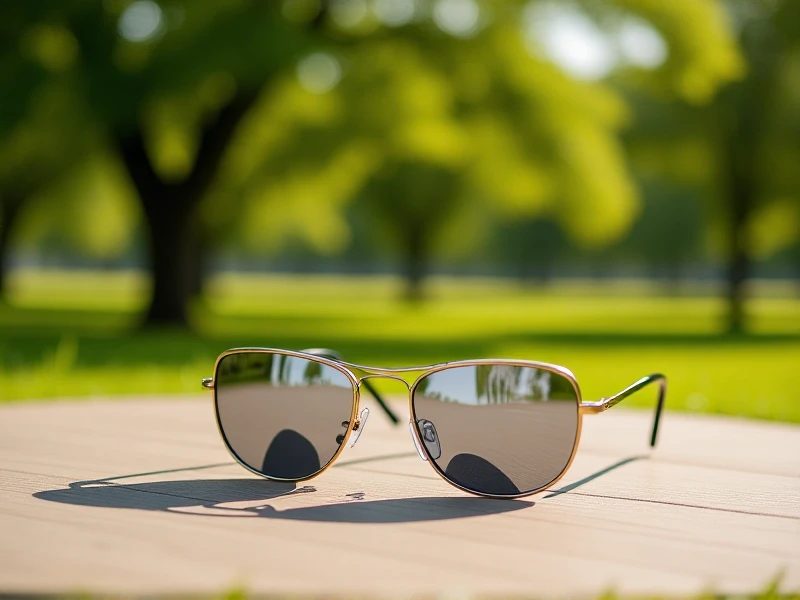Glasses: How to Pick The Right Pair for Your Style and Vision

Glasses are far more than just vision-correcting tools; they’re an integral part of personal style, a reflection of personality, and essential for everyday comfort and performance. Choosing the right pair significantly impacts how you see the world and how it sees you. With countless frame styles, lens options, and technological advancements, finding your perfect match requires understanding your needs and preferences.
First, Address Your Vision Needs: The foundation of any great pair of glasses is accurate prescription lenses. Whether you need single vision lenses for nearsightedness or farsightedness, progressive lenses for multiple distances, or specialized lenses for reading or computer work, your prescription dictates the best lens type. Discuss with your optometrist any specific requirements, like high-index lenses for thinner profiles or blue light filtering lenses for digital device users.
Finding Your Frame Fit and Style: Comfort is paramount. Poorly fitting glasses slide down your nose, pinch behind the ears, or cause headaches. Work with your optician to ensure your frames sit properly: the bridge shouldn't dig in, the temples should hug comfortably without pressure, and your eyes should be centered horizontally within the lenses. Once fit is assured, explore style! Frame your face literally:
- Classic Round/Aviator: Timeless, often adds softness or vintage flair.
- Rectangular: Crisp, structured, provides balance to rounder faces. Often considered versatile for everyday glasses.
- Geometric/Cat-Eye: Bold, fashion-forward, makes a strong statement.
- Oval/Wayfarer: Universally flattering, versatile for both casual and professional settings. Consider your face shape, complexion, and personal vibe. Don't be afraid to try something different!
Lens Material Matters: Beyond prescription, lens material influences clarity, weight, and durability.
- Polycarbonate: Impact-resistant, lightweight, ideal for children, sports glasses, and safety eyewear. Offers inherent UV protection.
- Plastic (CR-39): Affordable, provides good optics, lighter than glass, but less impact-resistant than polycarbonate. A common choice for many everyday glasses.
- High-Index Plastic: Thinner, lighter than regular plastic, perfect for stronger prescriptions, reducing the "coke bottle" effect and making frames appear sleeker.
- Glass: Unsurpassed clarity and scratch resistance but heavy and prone to breakage. Rarely used in modern prescription glasses due to safety concerns and weight.
Essential Enhancements: Protect your investment and vision:
- Anti-Reflective Coating (AR): Crucial for reducing glare from screens and headlights, improving night driving vision and overall clarity. Highly recommended for all glasses.
- Scratch-Resistant Coating (SRC): Extends lens life, protecting against everyday wear and tear. Often applied as a standard or base layer.
- UV Protection: Essential! Ensure your lenses block 100% of UVA and UVB rays to protect your eyes from sun damage, even on cloudy days. Most modern glasses lenses offer this inherently.
Investing time in finding the right glasses pays dividends in clear vision and boosted confidence. From the initial eye exam pinpointing your precise prescription to consulting with experienced opticians about fit and lens technology, every step matters. Whether you need durable glasses for active lifestyles, sophisticated frames for the office, or simply a comfortable pair for daily life, understanding your options ensures you get glasses that help you look and see your absolute best. Visit your trusted optometrist and licensed optician to explore the perfect glasses solution tailored just for you.